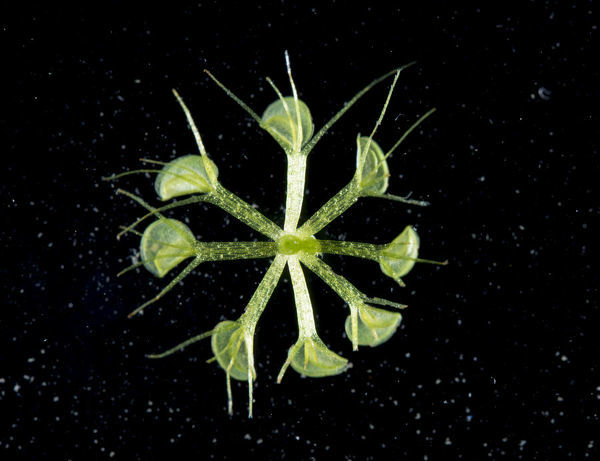7667766266
enquiry@shankarias.in
International Military Council on Climate and Security (IMCCS)
Changes in Snow Cover
Search and Rescue Exercise (SAREX-2020)
National Maritime Search and Rescue Board (NMSARB)
Gaur
Valmiki Tiger Reserve (VTR)
Waterwheel plant

Pyramid of Djoser
Source: Down to Earth, India Today, the Hindu